What is Low-E Glass?
Ordinarily, glass will allow solar energy to pass from one side of the Timber window to the other. This includes the relatively narrow spectrum of visible wavelengths, as well as those higher and lower wavelengths (known respectively as infra-red and ultra-violet light).
This is bad news!
Ultraviolet light has a habit of bleaching materials it comes into contact with. Fabrics and wallpaper will fade much more quickly if they’re exposed to UV for a significant period of the day.
Infra-red light poses a different problem, in that it’s transmitted into the building as heat. If you’re looking to keep cool during a blisteringly hot summer’s day, you’re going to struggle – you might even be tempted to draw the curtains in order to keep the sunlight out.
The Low-E glass in our Timber Windows comes with a special coating that’s designed to act as a filter, allowing visible light through while excluding the superfluous wavelengths to either side. This will allow your interior to enjoy the benefits of more light, without the downsides posed by ultraviolet and infra-red.
How low-E Glass Works
When heat or light strike a surface, that surface will absorb a portion of that energy and re-radiate it. How large a portion this might be will depend on the surface in question. If you’ve sat in a car with black leather seats on a summer’s day, you’ll know that dark materials tend to absorb and radiate more energy than reflective ones.
The amount of energy radiated by a surface is known as its emissivity. Glass, unfortunately, is naturally high in emissivity. The more we can reduce this, the better an insulator our glass will be.
On the surface of each pane of low-E glass is a microscopically-thin coating that is designed to reflect infra-red rays. This coating can be made from silver, or a variety of other metals, but their purpose is always the same: to deflect heat away from the glass.
Types of Low-E Glass
Low-E glass comes in two different varieties, and it’s produced using two different techniques.
A passive Low-E coating is built to contribute to the amount of heat within a home, preventing energy from leaving and thus lowering the heating bill.
A solar-control low-E coating works in the opposite way. It reduces the amount of energy entering the home, helping to keep it cool.
The right type of low-E glass for you will depend on the location of the building.
How is Low-E Glass Coated?
Each type of glass can be coated using one of two methods:
Pyrolytic
This process emerged in the 1970s. It is applied to the glass shortly after production. The coating fuses neatly with the hot glass before the latter has a chance to set, and stays that way for the entire lifespan of the window. The glass is then cut to size and shipped.
Magnetron Sputter Vacuum Deposition (MSVD)
This process came a little bit later, in the 1980s. It’s slightly different in that it’s applied to the sheets of glass after they’ve been cut to size, using a vacuum chamber and magnets to apply the coating at room temperature.
For many years, passive coatings were produced using the pyrolytic method, and solar-control coatings using the MSVD method. More recently this line has begun to blur.
What does Low-E Glass Look Like?
So what effect, if any, does a low-emissivity coating have on the appearance of the window? Since there are many different types of low-E coatings, and they can be applied at different thicknesses, it’s easy to be misled by reports of a set of ‘tinted’ low-E windows which block out certain colours, and distort the view of the exterior.
If, however, you want to ensure you don’t get any nasty surprises, it’s worth inspecting the sort of low-E glass you’re considering before making your purchase.
How Much UV Does Low-E Glass Block?
The thermal performance of windows is typically measured using the U-value. This number refers to the amount of heat loss the glass permits per a given area. According to the U-value, low-emissivity windows tend to be twice as efficient as their plain-glass counterparts – but it’s important that an impartial initiative backs up the manufacturer’s claims.
Naturally, this figure doesn’t cover the UV light that low-E glass will block. Depending on the strength of the coating, low-E glass can prevent anywhere between 80% and 99% of ultraviolet light from entering the home (compared with around 60% by a standard window). This extra protection is especially worthwhile if the sunlight entering a window is immediately falling on a set of curtains, a fabric-covered sofa, or a prized rug.

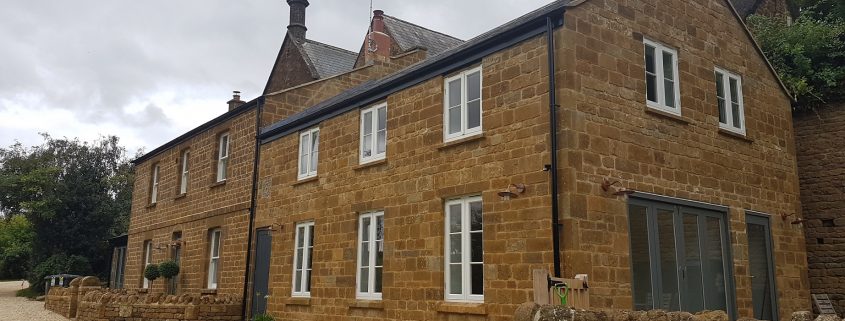
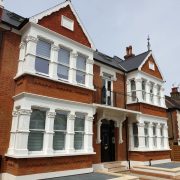
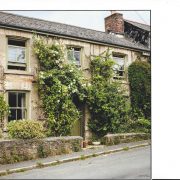

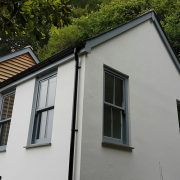
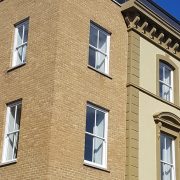
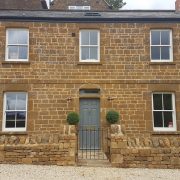
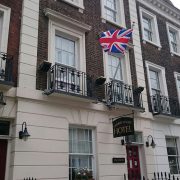
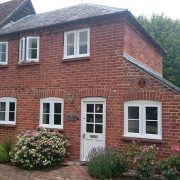





Leave a Reply
Want to join the discussion?Feel free to contribute!